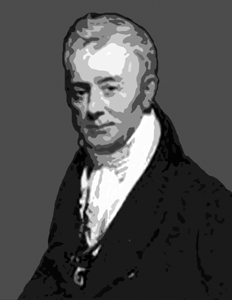 |
 |
|||
|
|
Charles was younger son of Thomas Dundas of Fingask, MP for Orkney and Shetland (1768-71) and a commissioner of police in Scotland (31st January 1771), who died on 10th April 1786. His mother was his father's second wife, Janet, daughter of Charles Maitland, 6th Earl of Lauderdale. He was called to the bar, but devoted himself to a political life. He first sat for the borough of Richmond in 1774, then for Orkney and Shetland (1781-4), again for Richmond and, finally, for Berkshire, which he represented in ten successive parliaments (1794-1832). He was, finally, the second eldest member in the house. Dundas was a liberal in politics. In 1802, on the resignation of Mitford (afterwards Lord Redesdale), the then speaker, he was nominated, by Sheridan, as his successor in opposition to Abbot. He, however, withdrew from the contest. Dundas was counsellor of state for Scotland to the Prince of Wales, and colonel of the White Horse volunteer cavalry. Dundas was twice married. His first wife, Anne, daughter of Ralph Whitley of Aston Hall, Flintshire, by whom he had one daughter, Janet, wife of Sir James Whitley Deans Dundas, brought him the considerable estate of Kintbury-Amesbury (otherwise Barton Court) in Berkshire as well as other property. His second wife, whom he married on 25th January 1822, was his cousin, Margaret, daughter of Charles Barclay and widow of (1) Charles Ogilvy and (2) Major Archibald Erskine. Dundas was made a peer as Lord Amesbury by letters patent 11th May 1832. He died 7th July 1832 at his residence in Pimlico, whereupon the title became extinct. Lady Amesbury died 14th April 1841. Edited from Leslie Stephen's 'Dictionary of National Biography (1888)
|
|||
| © Nash Ford Publishing 2002. All Rights Reserved. | ||||



 Charles
Dundas
Charles
Dundas